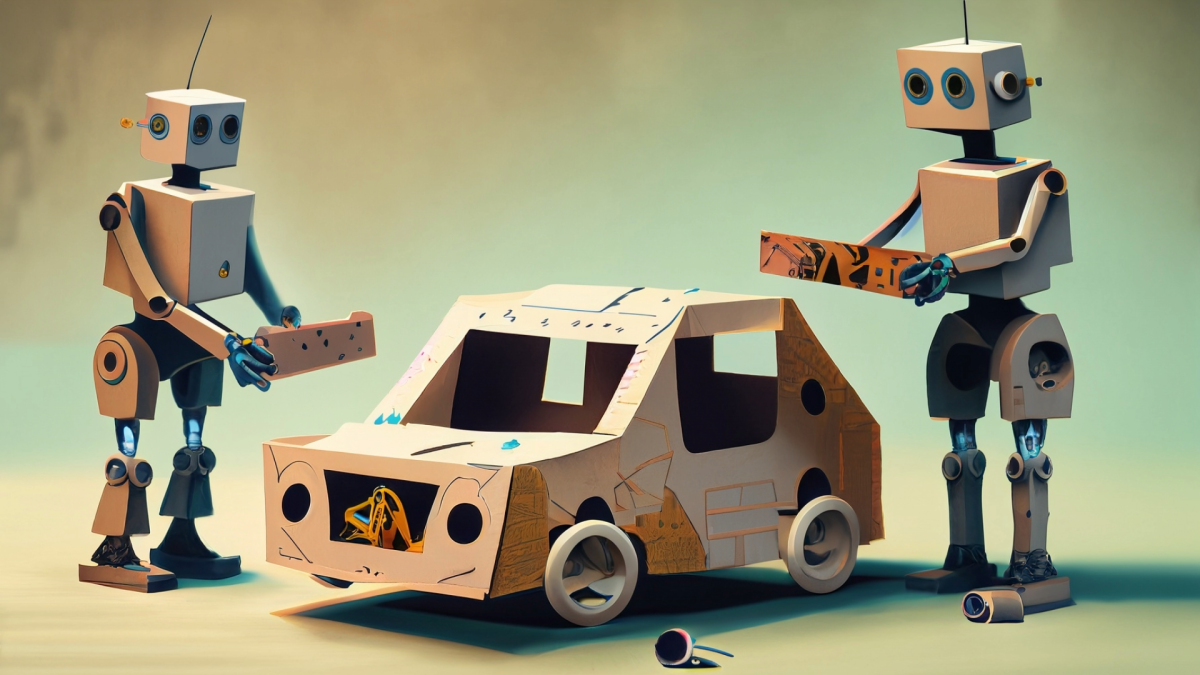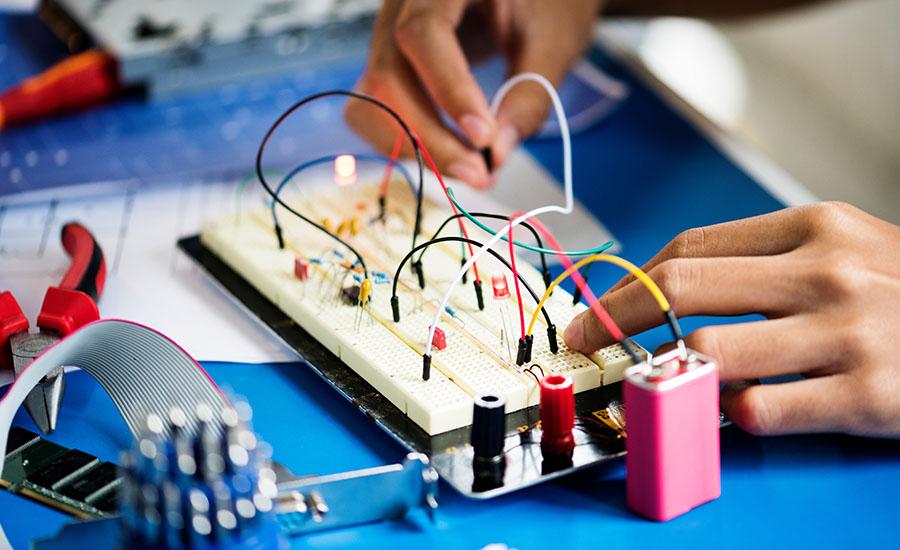
Mathematics & Rocketry with the ASAP Program
ASAP or the Arizona STEM Acceleration Project was a $10M dollar grant provided from
the Arizona Department of Education to push STEM education into schools throughout the state
of Arizona. The program elicited over 900 fellows from a variety of cultures, contents and
regions to attend over 15,000 hours of professional development and develop 3600 STEM
centered lessons that could be saved in an archive for the use of educators across the country and
world. To be selected, each fellow submitted a STEM related project they would like to
implement in their classroom or school and the number of students their project would reach. At
the end of the two year program, more than 180,000 students across the state of Arizona received
the benefits of the ASAP project.
My ASAP Experience
I was fortunate enough to become an ASAP Fellow in my first year teaching and it set the
trajectory for how mathematics would be taught in my urban community. My goal when entering
the program was to answer the age old question of mathematics, “When am I ever gonna use
this?” The funding provided by ASAP allowed me to implement projects and practices that
eliminated the use of this phrase.
In the first half of the year my students were tasked with creating their own product and
business. In this project, they were required to create a name, mission statement, and develop a
digital logo for their company. They then used technology to research capital costs for their
product and conducted market research to see if people would be willing to pay their market
price. Once this research was complete, students were able to utilize their knowledge of linear
functions in the form of equations, tables and graphs to create a system of equations and
determine if their business model could be profitable. Each team of students was also asked to develop a 3D prototype of their product either out of recycled materials or using CAD software and my newly acquired 3D printers. At the end of the project, students presented their business as if they were on the hit TV show, Shark Tank, and gave a persuasive argument as to why their product and business would be successful.
In the second half of the year, during our unit on parabolas, students got to discover the
art of rocketry. ASAP pushed me to attend a variety of professional developments including ones
put on by the Department of Defense, STEM Teachers Phoenix, Civil Air Patrol and Canyon
Professional Development through Grand Canyon University. These professional developments
not only gave me the skills to implement STEM education into my classroom, but also provided
me with many academic and physical resources. Integration of these professional developments
in my classroom allowed my students to experience rocketry through a variety of models. We
began with straw rockets. Students had to shoot straws down our hallway, measure their distance,
estimate their height and graph the arc of the straw. Each straw was shot at a different angle
using a protractor and students identified trends between angle, distance and height. We then
upped the ante and elevated to stomp rockets made out of PVC pipe. Each team of students had
to build their own launcher and design a paper rocket with the goal of having the farthest
distance when launched. Based on trends from the straw rockets, students made educated guesses about what angles and features would make their rocket go the farthest. Finally, we brought in a guest speaker in the field of aviation, studied the history of rocketry from NASA’s website, and built our solid fueled rockets. Since our straw rockets went about 20ft and our stomp rockets averaged about 50ft, it was amazing to see the looks of shock on my students faces as their solid fueled rockets shot 300ft in the air. We spent two days building the Estes Alpha 111 model rockets and attached the Estes altimeter to the inside so we could accurately measure height. We then compared the paths of all three rockets and discussed what factors influenced the height and distance of each. The entirety of this project took place during Black History Month so the project culminated with watching the movie Hidden Figures and discussing the importance of the African American women who put the first rocket into space. At my school, roughly 30% of the
students identify as black or African American. I have never in my life seen a room full of students so invested in a story. Students who were apathetic towards math all year were suddenly engaged and had to know if the first man made it into space. The engagement of my students and their desire to study higher level mathematics drastically increased after the implementation of this project.
While these two projects were the highlight of my time in ASAP, I also developed 6 other
STEM integrated lessons that were implemented into my curriculum. The traction of these
lessons and projects gave me an elevated voice in our weekly PLC meetings and many of the
projects in my classroom began to be implemented into the 5 other Algebra 1 classrooms on our
campus. Students from other classes and grade levels also began approaching me and asking if
they could be a part of the projects taking part in my room. One particular student asked if I
would assist him in his Eagle Scout project and help him design tokens that could be 3D printed
and given away at his event for young boys interested in STEM fields. Outside our school, I was
asked to present my projects at the ASAP STEM Summit where hundreds of educators from the
state gathered to attend workshops and elevate their knowledge of STEM practices. ASAP also
connected me to my current Graduate School where many of my lessons have been used in
research to make a case for the growing proficiency of mathematics standards when
collaborating with other STEM areas.
Conclusion
Overall, my experience in the Arizona STEM Acceleration Project widened my
perspective on how to teach mathematics curriculum. The professional development I attended
connected me with invaluable resources from a variety of sources, while the lesson plan
development encouraged me to think about how mathematics can be integrated into other fields.
Math is a part of our everyday lives and students should know that long before they have to live
it. My participation in this project has sent waves through my personal life, my classroom, my
school and my community. As one student said, “What we do in here, is not what happens in any
other class” and that is a statement I am incredibly proud to have produced.
Authored by Alaina Rowitsch
Related Content


